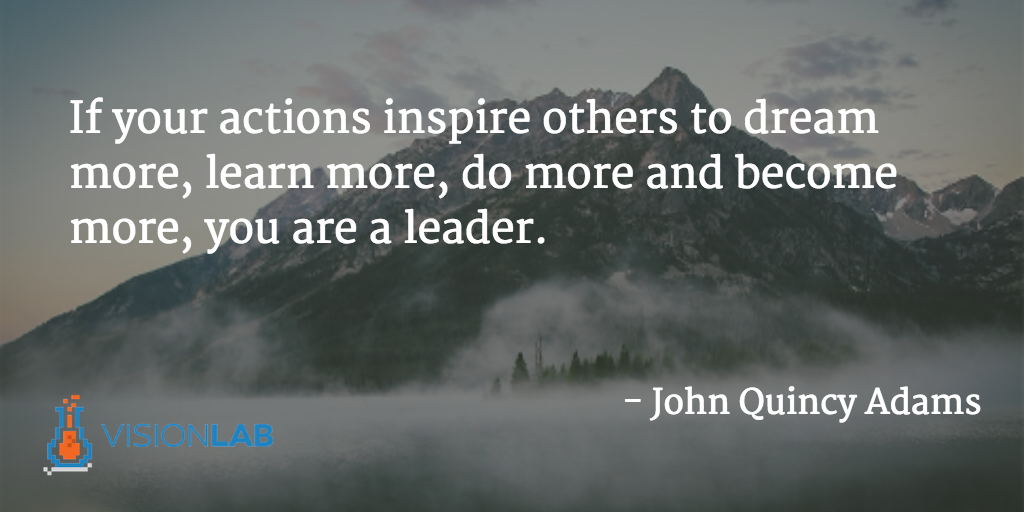Oct 10, 2015
What a CEO Must Ask to get Crowd Intelligence from Workers
Gathering crowd intelligence can be fraught with problems. From the technology and software you use to obtain responses, to the ways you encourage participation, getting the answers you need isn’t always easy.
cGetting the right questions isn’t simple, either.
The quality of the information you’ll gather from an internal crowdsourcing effort is limited by the quality of the questions you ask. Your team (if you’ve hired right) has all the answers you’re looking for, but you need to ask the right things to get the value they’re just waiting to deliver.
Here are five of the best questions any CEO can ask their employees to make the most of their company’s crowd intelligence:
- What do our company values have to say about this decision/problem/situation?
- What changes to your workflow could improve productivity/output quality?
- How are your personal and professional development needs being met?
- What three changes would you make to the product/service/output?
- What question would you like to be asked, and what’s your answer?
Read on to see what makes these CEO queries so powerful.

What Do Our Company Values Say About This Decision/Problem/Situation?
With a little bit of specification, this question packs a whole lot of punch. Asking your employees to apply company values to an important decision or situation empowers them to really examine and adopt the attitude of those values…
…and their answers will let you know just what they perceive those values to be.
You’re also likely to get plenty of useful and actionable insight into the issue in question, all of it informed by the culture you’ve (hopefully) instilled in your team.
What Changes To Your Workflow Could Improve Productivity/Output Quality?
More specific than the, “How can we help you do your job better?” that’s commonly asked during performance reviews (with responses promptly forgotten), this question gets employees thinking about process in concrete terms.
In most businesses, there are some common tasks, communication channels, and milestones that have become inefficient. They might have made sense before a certain technology was introduced or when your organizational chart looked slightly different, but now they’re a frustrating waste of time.
This question will help you identify some of those time-wasters, and may also identify knowledge gaps in your team that are reducing their sense of ownership and involvement.
Something that might seem inefficient to one team member might be vitally important to the organization as a whole; explaining that will give a better big-picture understanding of the employee’s value to the operation. That generally leads to a happier and more productive workforce.
How Are Your Personal & Professional Development Needs Being Met?
Notice the phrasing here, because it’s important.
This question does not ask for a “yes” or “no” response—your team members will need to go a little deeper to provide an answer—but it does allow for a negative response. And it’s more important to know what you’re doing wrong than it is to identify what you’re doing right.
Meeting personal and professional development needs is how you retain a talented workforce. It isn’t accomplished through compensation of coll corporate perks; people want to feel respected and fulfilled, and they want to grow.
Use this question to identify programs or policies that are helping people achieve that fulfillment and growth, then make those programs stronger and more ubiquitous. Find out what areas of fulfillment are lacking, and fix the problems.
This is a question you should be asking frequently, as it benefits your culture and your bottom line.
What 3 Changes Would You Make ToThe Product/Service/Output?
From engineers to sales teams, everyone who touches your customer-facing offerings should be regularly queried as to their own product satisfaction.
Asking for three changes means they can’t just say, “it’s perfect!” There’s always room for improvement, and this questions allows those with the most insight to have a say in what that improvement could be.
This is also a great question for ranking crowdsourced information.
What Question Would You Like To Be Asked, And What’s Your Answer?
This one is last on purpose, and should usually be asked after at least a few other questions.
You want your team already in a reflective mood when you spring this one on them. Chances are some stuff has bubbled up after previous questions that they didn’t feel right launching into; this gives them the opportunity to launch away.
Learn about areas of importance that you didn’t even know existed, and you’ll be able to target your questions, your initiatives, and your growth ever better.
Do You Think CEO’s Should Be Looking At Crowd Intelligence?
Should leaders be looking at the people to help get answers to solve major organizations issues? Would they be doing the right thing by crowdsourcing the information? How can companies begin